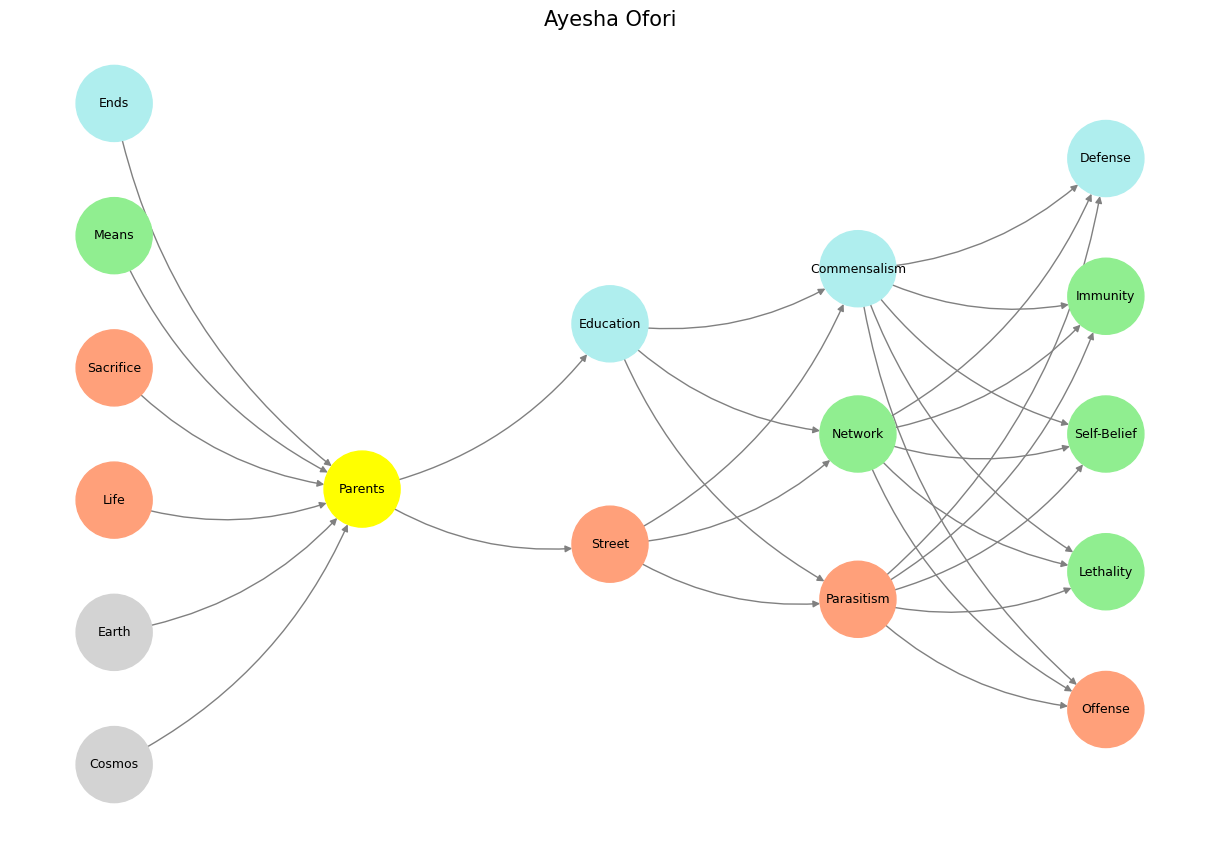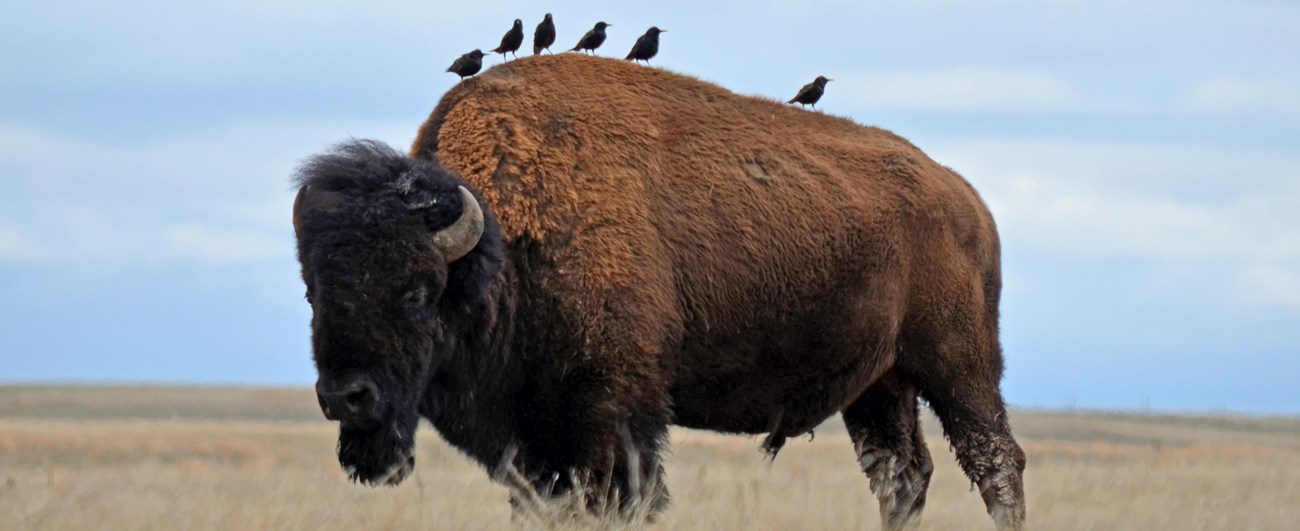System#
The neural network, when understood as a fractal system, elegantly mirrors the layered complexity of existence. Each of its five layers reflects a recursive pattern of meaning, with the first layer setting the immutable foundation: the rules of the world. These rules, universal and unyielding, form the pre-input layer, the bedrock upon which perception, agency, equilibrium, and optimization are constructed. Within this layer, six nodes emerge as distinct yet interconnected facets of existence, resembling the structure of a fractal that replicates itself in infinite variation across scales.
The first node is the cosmos, the vast, boundless arena of possibility that serves as the ultimate container for all phenomena. It represents the rules of the universe in their purest, most abstract form: the immutable laws of physics, the infinite combinatorial search space, and the unfathomable expanse of time and space. The second node zooms in on this grand scale, offering a specific perspective: the cosmos as seen from Earth. Here, the infinite is framed through the narrow lens of a planetary viewpoint, grounding the abstract in the tangible. This Earth-centric perspective imposes constraints on the boundless, providing a context in which rules take on meaning.
From this Earth-bound perspective arises the third node: life. Life, as the only phenomenon capable of perceiving and interacting with the cosmos, becomes the mediator between the vast and the particular. It embodies the interplay of biological, social, and intellectual processes that allow the cosmos to be understood, however imperfectly. Yet life is not static; it seeks to explore, iterate, and create. This pursuit brings us to the fourth node: Prometheus. As a symbol of trial and error, Prometheus represents the sacrifices inherent in searching the vast combinatorial space. He is the embodiment of iterative progress, the fire-bringer whose gift of knowledge exacts a price. Prometheus reminds us that the process of exploration, experimentation, and sacrifice is central to the unfolding of life’s potential.
Prometheus, however, is a means, not an end. His sacrifices facilitate the fifth node: the means themselves, the tools and methods that life employs to navigate the combinatorial search space. These means are iterative processes, encoded within the equilibria of cooperation, adversarial conflict, and iterative refinement. They are not static but dynamic, adapting to the challenges of the search space. Finally, the sixth node, the ends, represents the culmination of this fractal journey. The ends are the optimized nodes, the emergent phenomena that arise from the recursive interactions of the cosmos, Earth, life, Prometheus, and the means. They embody the purpose, the final goal, toward which all sacrifice and iteration are directed.
In this fractal view, the neural network does not merely model the brain or the world; it captures the recursive nature of existence itself. Each layer reflects the whole, and the journey from the cosmos to the ends mirrors the journey of life within the cosmos. The vast combinatorial space is not just a challenge to be overcome but a canvas upon which life’s iterative dance of means and ends plays out. In this system, Prometheus stands as a timeless symbol, reminding us that the sacrifices of trial and error are the cost of illumination and progress. Together, these nodes form a coherent, fractal structure, connecting the universal to the particular and the abstract to the tangible in a recursive dance of meaning and purpose.
Show code cell source
import numpy as np
import matplotlib.pyplot as plt
import networkx as nx
# Define the neural network structure
def define_layers():
return {
'World': ['Cosmos', 'Earth', 'Life', 'Sacrifice', 'Means', 'Ends', ],
'Perception': ['Parents'],
'Agency': ['Street', 'Education'],
'Generativity': ['Parasitism', 'Network', 'Commensalism'],
'Physicality': ['Offense', 'Lethality', 'Self-Belief', 'Immunity', 'Defense']
}
# Assign colors to nodes
def assign_colors():
color_map = {
'yellow': ['Parents'],
'paleturquoise': ['Ends', 'Education', 'Commensalism', 'Defense'],
'lightgreen': ['Means', 'Network', 'Immunity', 'Self-Belief', 'Lethality'],
'lightsalmon': [
'Life', 'Sacrifice', 'Street',
'Parasitism', 'Offense'
],
}
return {node: color for color, nodes in color_map.items() for node in nodes}
# Calculate positions for nodes
def calculate_positions(layer, x_offset):
y_positions = np.linspace(-len(layer) / 2, len(layer) / 2, len(layer))
return [(x_offset, y) for y in y_positions]
# Create and visualize the neural network graph
def visualize_nn():
layers = define_layers()
colors = assign_colors()
G = nx.DiGraph()
pos = {}
node_colors = []
# Add nodes and assign positions
for i, (layer_name, nodes) in enumerate(layers.items()):
positions = calculate_positions(nodes, x_offset=i * 2)
for node, position in zip(nodes, positions):
G.add_node(node, layer=layer_name)
pos[node] = position
node_colors.append(colors.get(node, 'lightgray')) # Default color fallback
# Add edges (automated for consecutive layers)
layer_names = list(layers.keys())
for i in range(len(layer_names) - 1):
source_layer, target_layer = layer_names[i], layer_names[i + 1]
for source in layers[source_layer]:
for target in layers[target_layer]:
G.add_edge(source, target)
# Draw the graph
plt.figure(figsize=(12, 8))
nx.draw(
G, pos, with_labels=True, node_color=node_colors, edge_color='gray',
node_size=3000, font_size=9, connectionstyle="arc3,rad=0.2"
)
plt.title("Ayesha Ofori", fontsize=15)
plt.show()
# Run the visualization
visualize_nn()


Fig. 21 Psilocybin is itself biologically inactive but is quickly converted by the body to psilocin, which has mind-altering effects similar, in some aspects, to those of other classical psychedelics. Effects include euphoria, hallucinations, changes in perception, a distorted sense of time, and perceived spiritual experiences. It can also cause adverse reactions such as nausea and panic attacks. In Nahuatl, the language of the Aztecs, the mushrooms were called teonanácatl—literally “divine mushroom.” Source: Wikipedia#

